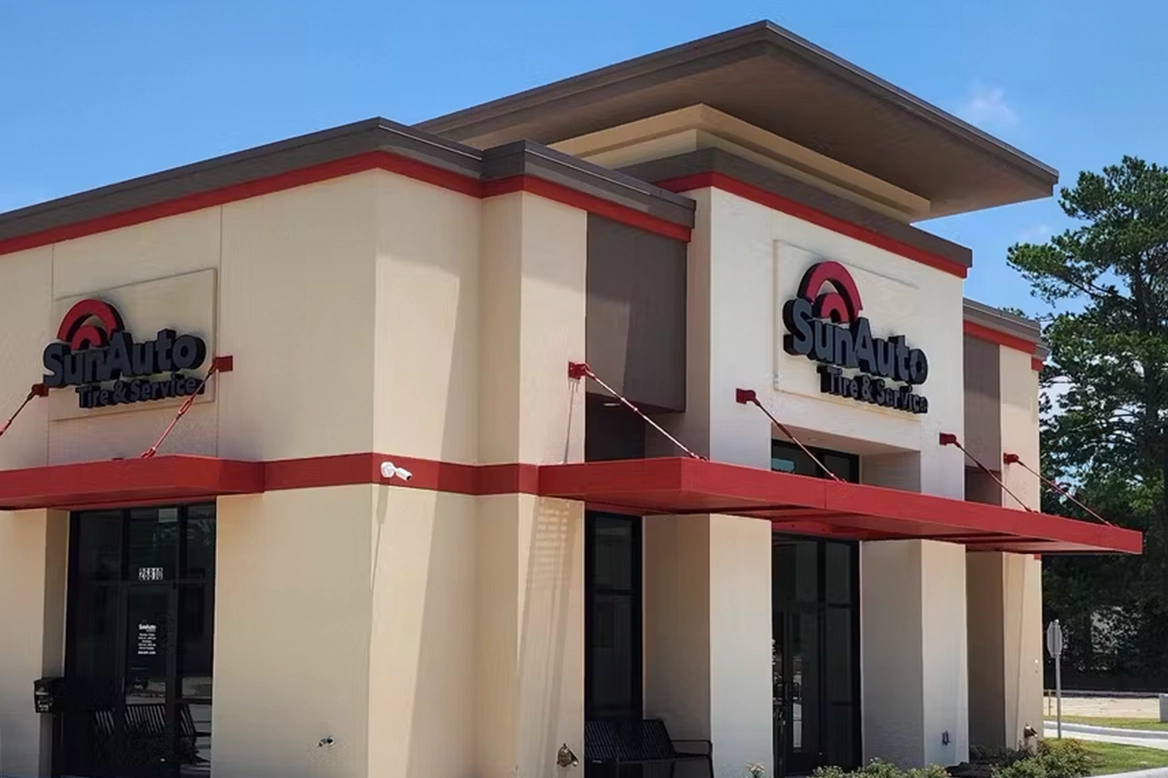

Full Service Auto & Tire
Stay road ready. Save on auto repairs & maintenance today.
Find the right tire or service for you
Find the right tire or service for you
Auto Service Deals & Tire Savings
Shop service deals, tire savings, and complete auto care offers so you can save more on the services and repairs you need.

Visit Us Today
From oil changes and brake repairs, to tire service and engine diagnostics, Sun Auto Tire & Service is here to Keep You in the Driver’s Seat.
Find a shopTires That Go the Distance
Find the perfect set of tires designed for safety, performance, and value—all backed by our expert team.
Shop TiresTire & Auto Service Now. Pay Over Time.
Manage tire purchases and repairs with ease. Get the tires and services you need today with financing through the Sun Auto Tire & Service Credit Card or American First Finance (AFF).

Sun Auto Tire & Service Credit Card
10% off your first purchase
Up to $15 off oil changes
$25 birthday voucher
Low monthly payments
American First Finance
Say yes to what you need now.
- All credit welcome
- Repairs now, payment over time
- Budget-friendly payment options
*Terms & conditions apply, click learn more for full details
Why Sun Auto Tire & Service
Sun Auto Tire & Service is powered by The Sun Auto Network, a nationwide network of over 500 shops with a legacy dating back to 1928.


Auto Care You Can Count On
At Sun Auto Tire & Service, our Driver Commitment is our promise to you. You deserve clear communication, trusted guidance, and expert care every step of the way.
Clarity
Clear-as-day communication from start to finish.
Confidence
Empowering you to make the right choice for your ride and lifestyle.
Customer Care
Expert service in everything we do.
Driven by Customer Feedback
Read reviews from satisfied customers who trust Sun Auto Tire & Service for reliable car repair, quality auto service, and expert vehicle maintenance.

Fuel Your Inbox
Unlock exclusive auto service deals! Sign up now to get emails with the latest discounts on oil changes, brake repairs, tire specials & more—designed to save you money and keep your car running smoothly.



































































